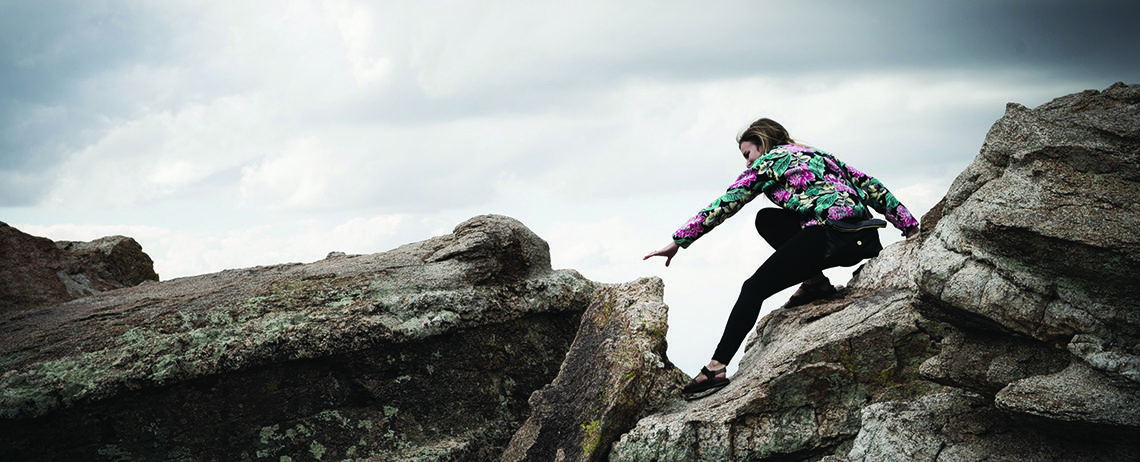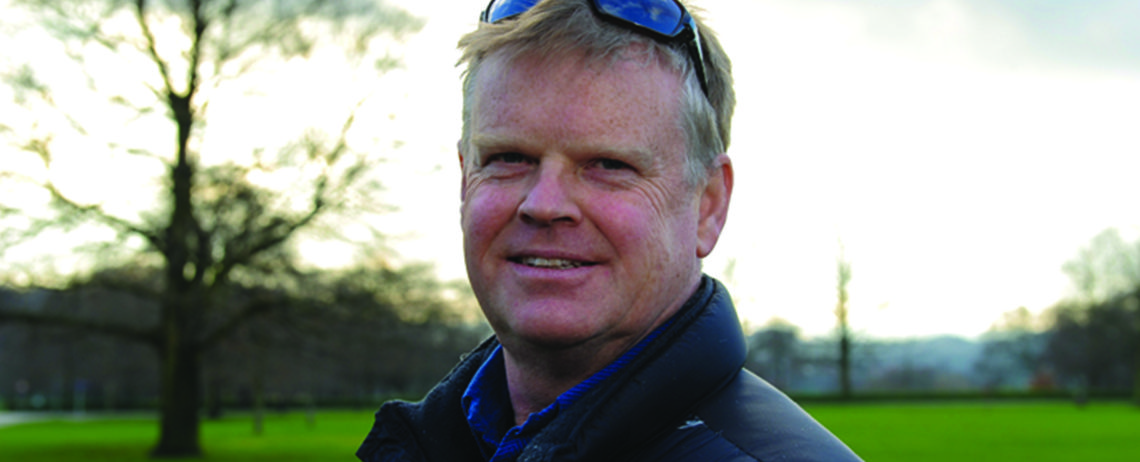How to Think About Risk Like an Extreme Sports Athlete
SafetyCulture News | By | 13 Sep 2018 | 3 minute read

In June 2017, US rock climber Alex Honnold scaled the legendary 900-metre El Capitan cliff in Yosemite National Park, the first person to do so ‘free solo’, that is, alone and without ropes or safety gear.
Even a quick look at the footage is terrifying: Honnold is hundreds of metres above the ground, inching himself up, stopped short of slipping to his death by the grip of his fingertips on a narrow rock crevice.
Honnold, 33, has become one of the most famous names in extreme sports. He’s never really explained his motivation for the gut wrenching feats, saying only that he doesn’t like risk: “There is no adrenaline rush,” he told one television interviewer. “If I get a rush, it means that something has gone horribly wrong … because the whole thing should be pretty slow and controlled.”
It makes him the perfect example of how extreme sports are wrongly labelled as caution-to-the-wind feats for daredevil thrill-seekers. His world is one of careful, comprehensive control with risk mitigated to almost zero.
For his El Capitan climb, he trained for more than a year, travelled the route numerous times with ropes and mapped out every single move so that when he came to do it free solo, every element was meticulously choreographed. The previous November, he’d made his first attempt at the climb but ended it after an hour because he felt that conditions weren’t right.
Eric Brymer is an associate professor at the Queensland University of Technology and a psychologist specialising in human performance in extreme environments. The author of Phenomenology and the Extreme Sport Experience with Professor Robert Schweitzer, he’s keen to tackle the misconception that extreme sports are all about “no fear” adrenaline junkies.
 QUT’s Eric Brymer
QUT’s Eric Brymer“Our research has shown people who engage in extreme sports are anything but irresponsible risk-takers with a death wish,” he says. “They are highly trained individuals with a deep knowledge of themselves, the activity and the environment who do it to have an experience that is life-enhancing and life-changing.”
Brymer says it’s a natural human instinct to challenge ourselves, a fact played out in the growing popularity of outdoor sports—in the US alone the industry is now worth $US646 billion annually.
“If you look at the evolution of humanity, we’ve become what we’ve become because thousands of years ago people have wondered ‘what’s around the corner?’ and put processes in place to enable them to do that in a [safe] way,” he says.
Adventure is part of what it means to be human, according to Brymer, but more recently through industrialisation, or farming, humans are going against nature to create controlled environments, contexts and situations that curtail our natural instinct to wonder ‘what if?’.
“What was originally the norm, that adventurous spirit, has somehow turned out to be abnormal,” he says. “Not only abnormal, but something only crazy, idiotic people might do. So my argument is, rather than looking at why people go and do that, [ask] why don’t people go off and do that, because that’s human nature.”
For extreme sports athletes, who epitomise smart, controlled risk taking, the idea of being outside the comfort zone is not something to be celebrated.
“Many of the extreme sports people would say, ‘I’m never out of my comfort zone, if it gets to [that point] then that’s when I walk away because it’s telling me I don’t have the skills and capacities to undertake this safely.’
What that means for all of us, is that risk assessment is about having a profound knowledge of the task and environment you operate in, and of your own capabilities in particular. Balancing those three considerations is, Brymer says, the answer to knowing whether something is doable in a safe, managed manner.
Important Notice
The information contained in this article is general in nature and you should consider whether the information is appropriate to your specific needs. Legal and other matters referred to in this article are based on our interpretation of laws existing at the time and should not be relied on in place of professional advice. We are not responsible for the content of any site owned by a third party that may be linked to this article. SafetyCulture disclaims all liability (except for any liability which by law cannot be excluded) for any error, inaccuracy, or omission from the information contained in this article, any site linked to this article, and any loss or damage suffered by any person directly or indirectly through relying on this information.





